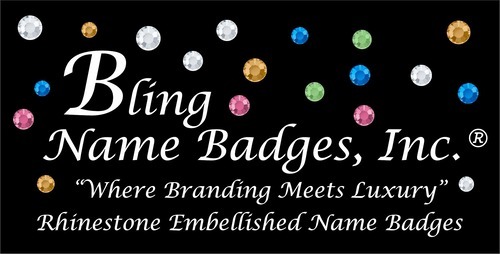Developing Effective Logos
Sharing Your Vision
Logos have a unique way of catching attention and lodging themselves into our subconscious. As a business owner or the head of an organization, that's exactly where you want to be -- inside your customer's head.
A good logo design should reflect the universal feeling of your company. Ask yourself, what is the most important service we provide to our customers, who are we trying to attract and what is the most important feature of our business? Businesses developing designs should contemplate the answers to these questions in order to articulate they want their business logo to say.
There are several concepts to take into account when designing a logo. They include the visual aspect, as in the elements of the design, the principle aspect, as in what will evoke emotion and the illusion aspect, as in what message will this deliver subconsciously to my customer.
As many businesses have not studied these aspects extensively, it can be wise to look to graphic professionals for assistance. They will be able to assist you in meeting your needs while considering your budget, time constraints and usage.
Make It Last
We're bombarded with visual images everyday. Your job as you design a logo is to make yours stand out. With some professional assistance, you will be more knowledgeable in helping design your logo if you keep in mind the following rules.
Color matters. Different colors evoke different emotions -- a pastel yellow reflects a more serene and calming feeling as opposed to a vibrant red, which may indicate excitement and enthusiasm. Every company has their own message, so find a color that fits yours.
Your logo should lend itself a variety of digital and printed formats, including business cards, letterhead, Web sites and external signage. Simplicity can take you far in this respect. A design using ten colors may look stunning and very detailed, but it will also be costly and impractical for everyday use.
Traditionally, logos will bear fewer colors and embrace a familiar shape that tells the story. Curved lines evoke emotion and action while straight lines tell the tale of a more serious, technical company. Using these techniques in various combinations can yield a message of strength and progress.
Your target audience, as with any form of communication, should provide the primary directives in your design. A younger age group tends to be more creative and impressed by flashy designs while the older generations may prefer something more stabile and familiar. Gender differences also reflect different styles. In order to attract members of both sexes, you need to be able to see through the eyes of men and women alike.
No one likes to feel puzzled. If your audience spends too much time trying to decipher out your design, chances are they forget who you are and move on. A professional will take these factors into account and help you design something unique that can stand the test of time.







